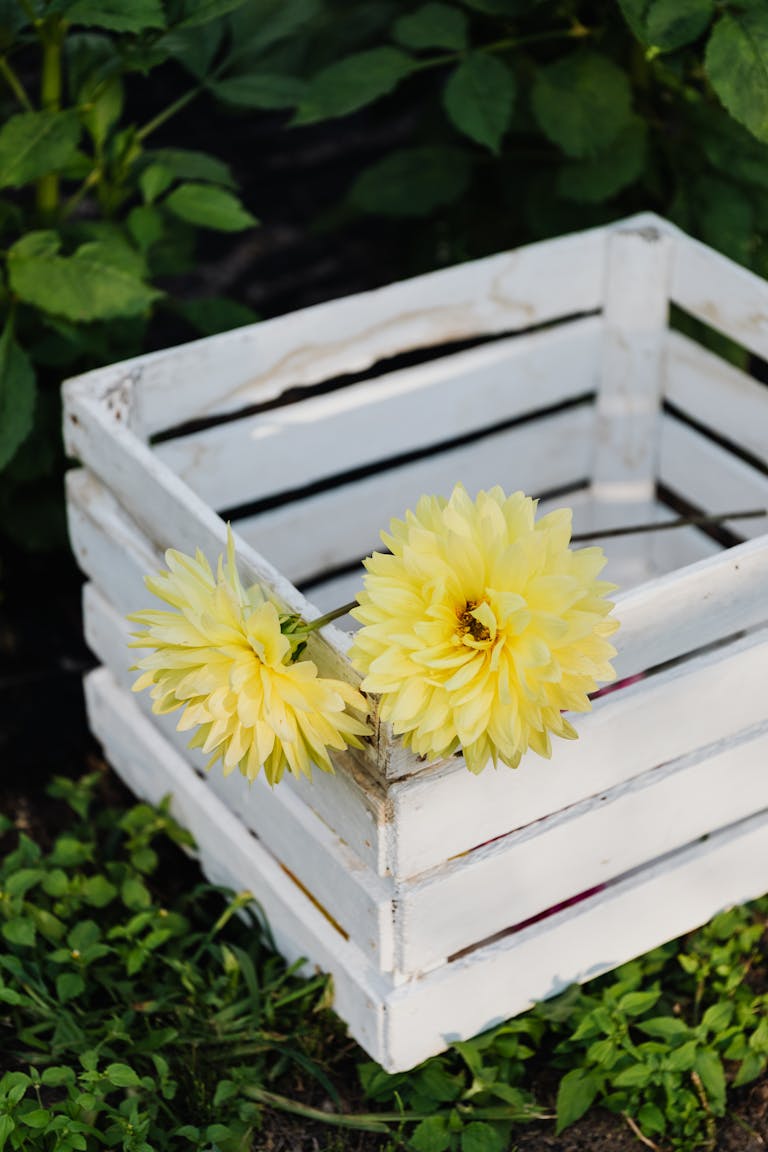March Gardening in Seattle: A Local’s Guide to Getting Ahead of Spring

Spring in the Pacific Northwest isn’t just about cherry blossoms and longer days—it’s also a race against time for gardeners. March is that tricky in-between month where the rain keeps coming, but the soil starts waking up. If you’re gardening in the Greater Seattle area, here’s a hands-on guide to getting the most out of your yard, garden, or balcony this month.
1. Battle the Rain to Prep Your Soil
Seattle’s winter rains compact the soil, making it sluggish and unwelcoming for new growth. Here’s what to do:
- Avoid working the soil when it’s sopping wet; wait for a dry spell (or at least a rain break) to start tilling.
- Layer on compost to feed the microorganisms waking up underground.
- Seattle soil tends to be acidic—if you plan on growing vegetables, consider testing your soil and adding lime if needed.
2. The PNW Cool-Season Planting Advantage
While the rest of the country waits for warmth, the Pacific Northwest thrives on cool-season crops. In March, go for:
- Hardy greens like arugula, kale, and mustard greens—they love Seattle’s damp, mild spring.
- Root crops such as radishes, beets, and carrots.
- Peas—Seattle gardeners swear by planting them on President’s Day, but March is still a solid time to start.
- Potatoes—St. Patrick’s Day is a classic time to get seed potatoes in the ground.
3. Pruning: Not Too Early, Not Too Late
- Get your roses in shape by cutting them back to outward-facing buds.
- Thin fruit trees like apple and pear for better airflow and less disease.
- Hydrangeas, fuchsias, and lavender should all get a cleanup before their big bloom season begins.
4. Let’s Talk Slugs: The Local Menace
If you’re a Seattle gardener, you know about slugs. March is when they start their reign of terror on young plants.
- Handpick them in the evening or early morning.
- Use coffee grounds or crushed eggshells as a natural deterrent.
- Beer traps? They work, but you’ll need to refresh them regularly.
5. Edible Landscaping: A Seattle Trend Worth Trying
More local gardeners are blending edibles with ornamentals. March is a great time to:
- Tuck Swiss chard and colorful lettuces into flower beds.
- Plant strawberries as a ground cover in raised beds.
- Add blueberry bushes—Seattle’s acidic soil makes them thrive!
6. Start Seeds Inside: A Head Start for Warmer Weather Crops
March is still too chilly for tomatoes, peppers, and basil outside, but indoors? Game on.
- Use a seed-starting mix and place trays near a sunny window or under grow lights.
- Keep seedlings warm—Seattle homes can be drafty, so consider a seed heating mat.
- If starting tomatoes, choose varieties like ‘Seattle’s Best’ or ‘Early Girl’ that can handle our cooler summers.
7. Mulch: Your Best Friend Against Weeds and Weather
Mulching in March helps suppress weeds before they take over:
- Straw and bark chips work well for vegetable and flower beds.
- Use a layer of compost or aged manure for an extra nutrient boost.
- Be careful around the base of plants—too much mulch against stems can lead to rot.
8. Get Inspired at Local Plant Sales and Nurseries
- The Northwest Flower & Garden Festival may be over, but local plant sales start popping up this month.
- Seattle’s Tilth Alliance often offers early-season plant starts, perfect for getting ahead on your vegetable garden.
- Consider native plants from nurseries like Swansons or Sky Nursery to create a garden that thrives naturally in our climate.
Final Thoughts: Don’t Let the Rain Slow You Down
March might be unpredictable, but that’s part of gardening in Seattle. With a little strategy and patience, your garden will be thriving just in time for the real warmth of spring. Happy gardening, and don’t forget to enjoy those rare sunny afternoons!






